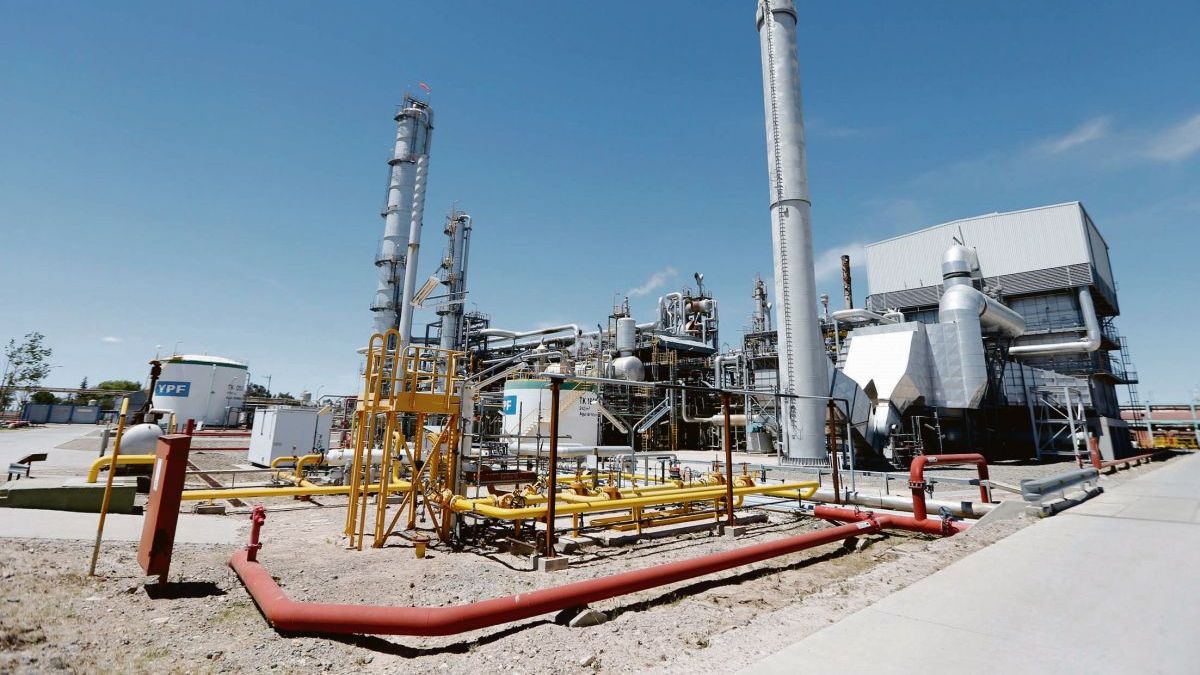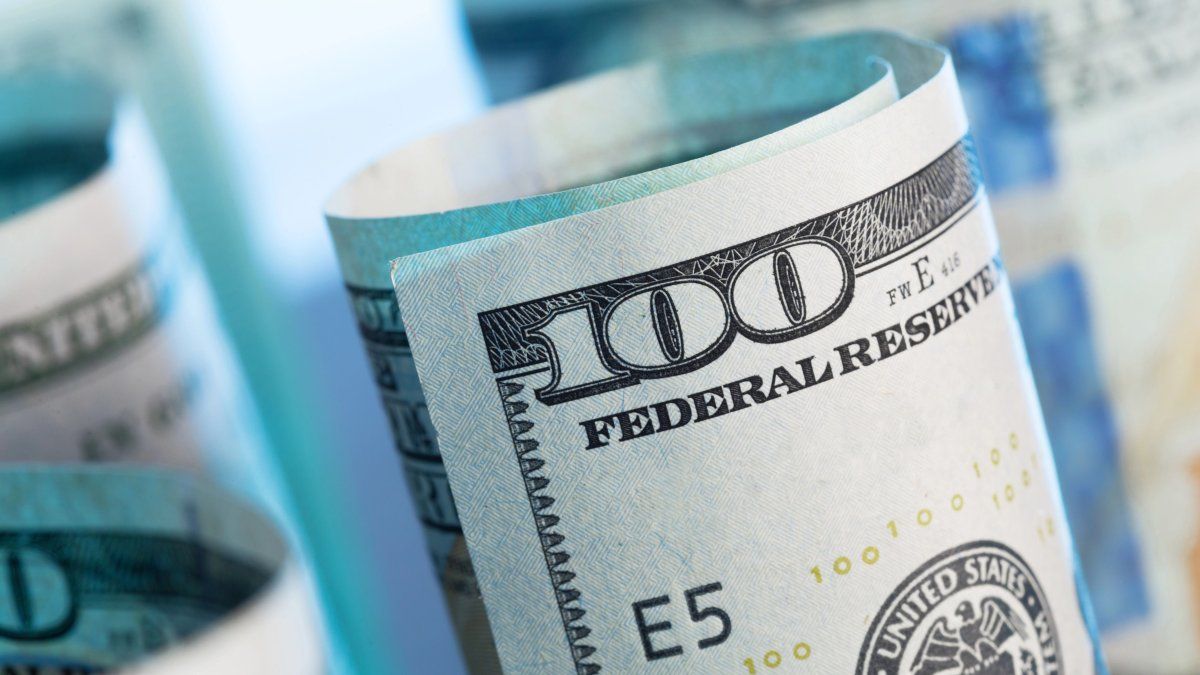According to the specialized portal Más Energía, based on data published by INDEC, during the past year, 58.9% more than in 2021 was exported in “fuels and energy”: the total figure amounted to u$s8,398 million, a record.
Anyway, imports were even more bulky: they climbed to US$12,868 million, which meant an annual increase of 120%, especially as a result of the rise in international prices due to the war between Russia and Ukraine. Therefore, The energy balance closed 2022 with a red of US$4,470 million.
This year, it is expected to reduce that deficit and the Government aspires to transform it into a surplus by 2025. This was even stated by the Minister of Economy, Sergio Massa, when presenting rounds 4 and 5 of the Gas Plan.
Improvement in balance
There are different factors that lead us to anticipate an improvement in the energy balance for this year. This is how he explained it to Ambit Roberto Carnicer, director of the Institute of Energy of the Austral University: “The energy balance deficit for 2023 will decrease due to lower international LNG prices, both in Europe (the TTF $19/MMBTU) and in Japan/Korea ($18.53). Let us remember that in Europe and Japan they are with winter consumption, but a not very harsh winter: it is estimated that February may have lower temperatures. This implies that, for our winter, the LNG price will remain at US$20/MMBU, compared to US$30 on average paid in 2022, that is, 30% less than in 2022”.
“The price of crude oil, and therefore diesel, will remain stable between US$70 and US$80, compared to US$80 and US$90 in the Argentine winter of 2022: so diesel will be at 10% or 20% less than 2022”, detailed Carnicer.
The construction of the pipelineLogically, it will play another fundamental role in energy matters. “The 11 MMm3/d that it can contribute from the Néstor Kirchner gas pipeline when it is ready by the end of June, at least it will reduce the import of gas from 50 MMm3/d peak to 40, approximately. If we add that there is a greater export of gas to Chile, that it is maintained in the winter and that crude oil exports continue to grow, we could conclude that there will be an annual deficit approximately 50% lower than that of 2022”, highlighted the specialist.
While, some private analysts forecast a 30% growth in exports for this year, while a similar drop in import levels is also expected. In that sense, They project a 50% reduction in the energy balance deficit. The fall in imports, moreover, would also have repercussions in a lower level of subsidies for energy tariffs.
In any case, Carnicer concluded, there are a series of factors that can threaten the realization of this scenario: “The growth of fracture stages should continue: in January they fell from 1,400 (peak in 2022) to 900 per month. There is also concern about the importation of supplies chemicals for fracking and cementing wells to continue drilling. And finally the political uncertainty and compliance with the agreed commitments and legal security”.
Source: Ambito




